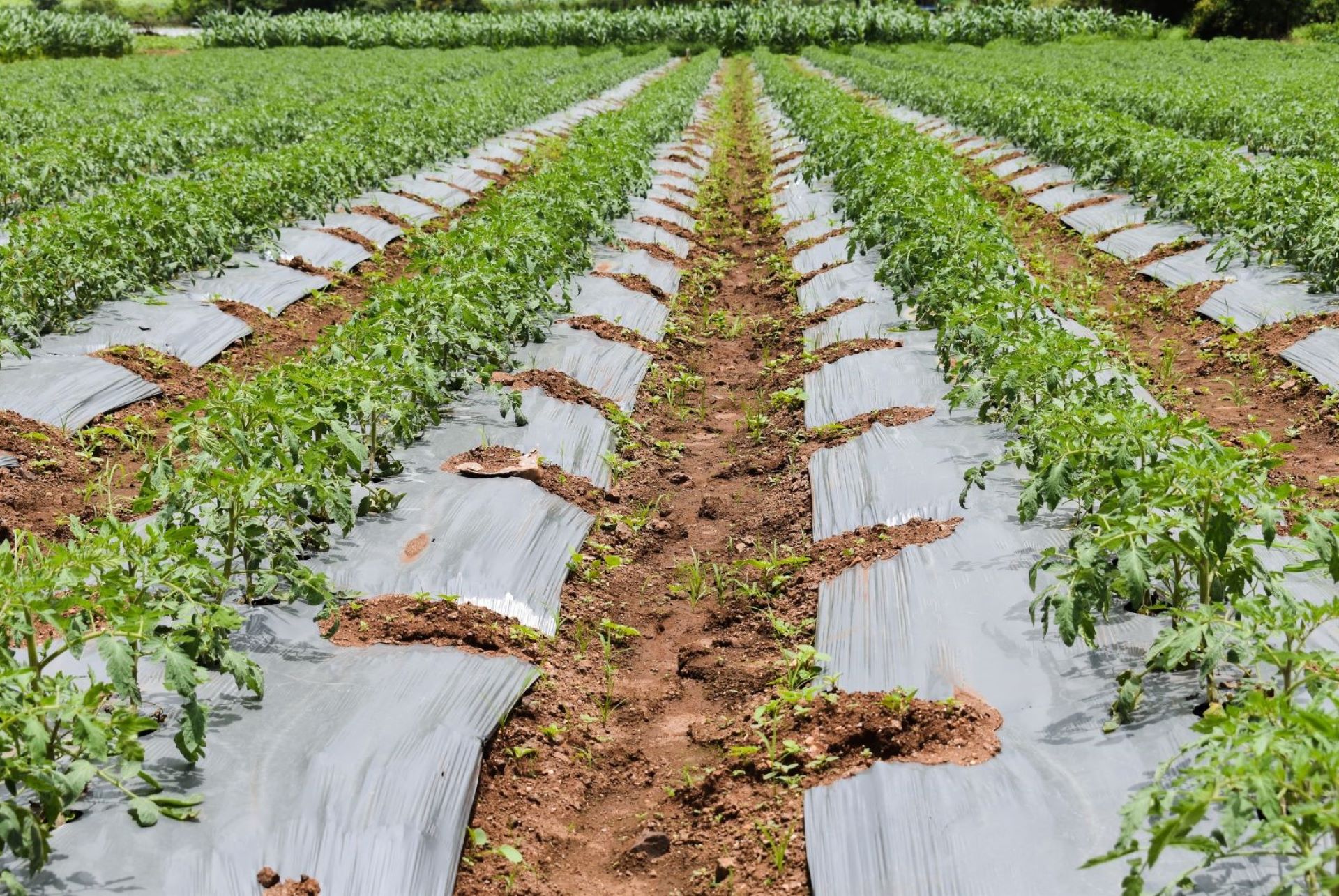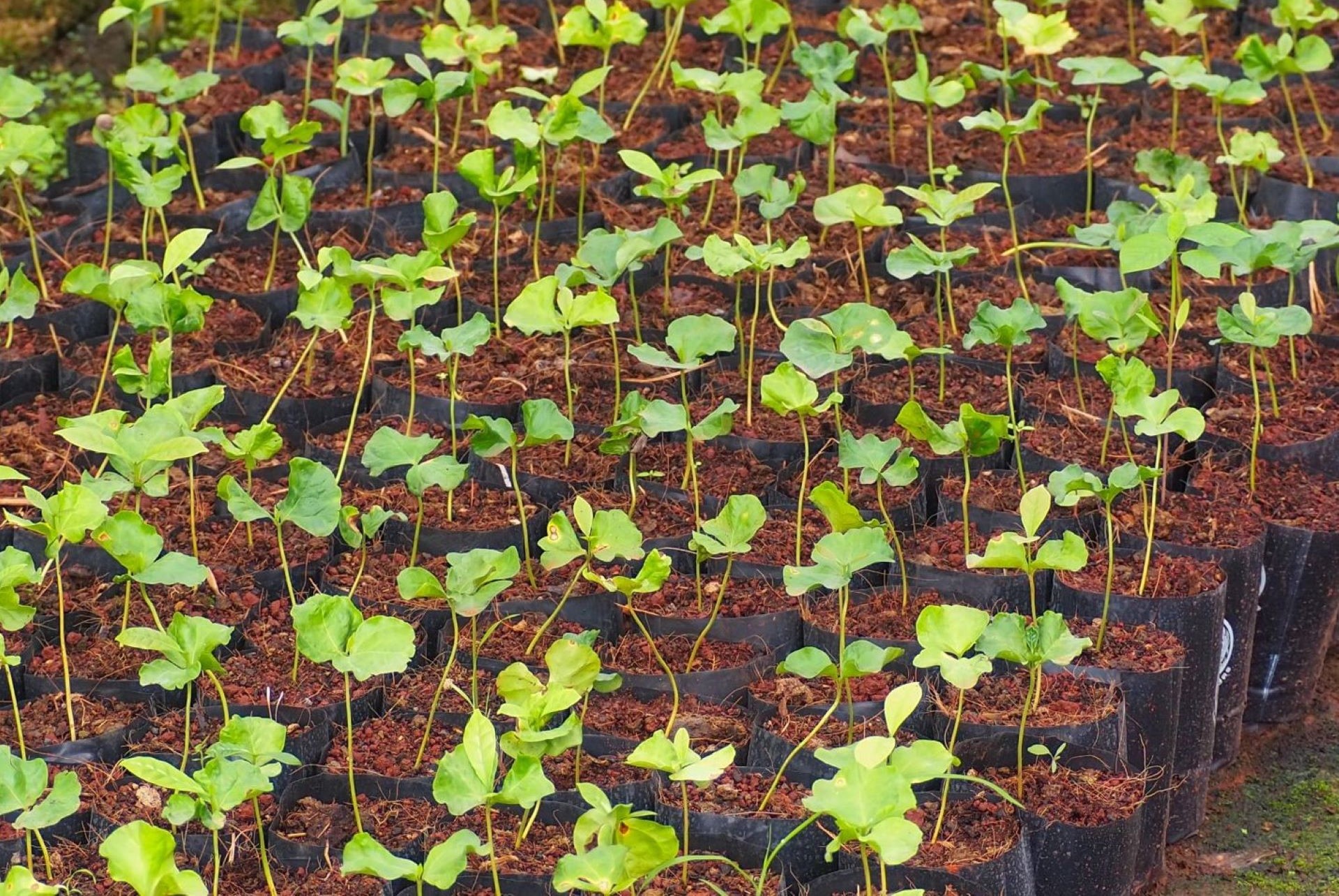What are polyhydroxyalkanoates?
As plastic waste builds up in our soils and water, PHAs offer an innovative solution that combines biodegradability with agricultural benefits.
Polyhydroxyalkanoates, or PHAs, are natural, biobased, and biodegradable plastics made by microorganisms from organic waste. They offer a sustainable alternative to petroleum or fossil-based plastics currently used in farming, which are not completely biodegradable. Unlike traditional plastics, PHAs completely decompose in soil and water without harming the environment – their biodegradation even enriches the soil with organic matter and stimulates plant growth. Bioplastics made of PHAs could offer a solution to the growing problem of plastic pollution, of which the agricultural sector is no exception.
How PHAs are produced
PHAs are produced naturally by bacteria when they are provided with excess carbon (such as sugars, oils, or organic waste) but are limited in other essential nutrients, including nitrogen, phosphorus, and oxygen. Under these conditions, the microbes store carbon and energy in the form of PHA granules inside their cells. Once harvested, these granules are extracted and purified, resulting in a fully biodegradable polymer. The exact composition of the polymer can vary depending on the type of microorganism and feedstock used, which in turn influences the flexibility, strength, and degradation rate of the final material.
By replacing fossil-based plastics with biodegradable PHAs, agriculture can significantly reduce its reliance on polluting materials while improving soil health and crop resilience.
To improve sustainability and reduce costs, many production processes are shifting towards renewable and circular feedstocks such as agricultural residues, food industry by-products, or wastewater. These approaches can also rely on mixed microbial cultures instead of single strains, which makes it possible to transform organic waste streams into valuable, biodegradable plastics. After fermentation, downstream processing techniques such as solvent extraction or enzymatic digestion are used to isolate the polymer, which can then be applied in a wide range of products – from packaging to agricultural films and foams.
Plastic use in agriculture
Modern agriculture is heavily dependent on plastic materials, as well as synthetic fertilisers and pesticides, with over 90% of EU farmland relying on agrochemicals. While these inputs boost productivity in the short term, their overuse is contaminating ecosystems, degrading soil and water quality, and posing risks to both wildlife and human health.
At the same time, agricultural plastics (such as netting, mulch films, or growth foams) are contributing to a growing pollution crisis, with millions of tonnes used globally each year. Existing alternatives often still contain oil-based components or do not always fully degrade in soil, adding to long-term environmental burdens and releasing microplastics into soils and water.

Microplastic pollution in soil is caused by several sources, including agricultural practices such as the use of non-degradable plastic mulch, the application of sewage sludge as fertiliser, and atmospheric deposition. Additionally, the degradation of larger plastic items and the use of plastic-coated fertilisers contribute to the issue. These particles can persist for decades and may carry other pollutants, potentially harming plants, animals, and even entering the food chain. A shift is urgently needed towards safer, more sustainable inputs and practices in agriculture. Recent studies indicate that PHAs can reduce the environmental impact by up to 50% compared to petroleum-based plastics
Mulch films and growth foams
An example of a type of plastic used in agriculture are mulch films – thin plastic layers placed on top of soil to protect crops, suppress weeds, and maintain soil moisture. Unfortunately, most of these films are made from oil-based plastics or do not completely degrade in the soil, resulting in long-term plastic pollution.
The PHAntastic project is working on creating a promising alternative – mulch films made of PHAs, making them fully biodegradable and bio-based, and eliminating the need for removal after harvest. These films will also actively support plant growth by releasing natural fertilisers through PHA nanocapsules embedded in a coating. As the mulch film naturally biodegrades, it releases more nutrients and microorganisms into the soil, enhancing soil fertility. This would allow farmers to grow healthier crops while reducing both agrochemical use and plastic pollution.

Growth foams are another example of plastic use in agriculture. They are used as supportive, sponge-like materials for tree seedlings in nurseries to support young plants and help with germination and nutrient delivery. There have been attempts to create growth foams from biobased materials, but they tend to take a long time to biodegrade, and they are often blended with fossil-based plastics to achieve the required properties. The PHAntastic project aims to replace these with compostable, PHA-based alternatives that deliver nutrients and biodegrade naturally.
A circular solution
By replacing fossil-based plastics with biodegradable PHAs, agriculture can significantly reduce its reliance on polluting materials while improving soil health and crop resilience. PHAs represent not just a greener alternative but a circular solution that turns waste into resources and supports a transition towards more sustainable food systems. With projects like PHAntastic, the promise of bio-based plastics is transitioning from research to real-world applications, offering a tangible path towards cleaner, healthier, and more environmentally friendly agriculture.